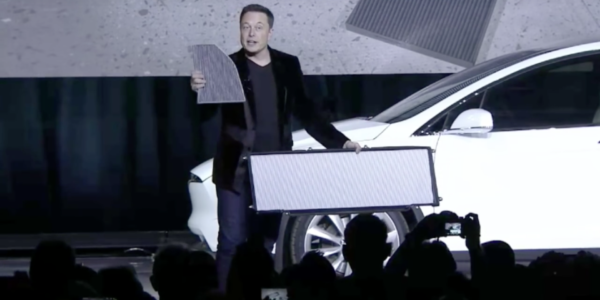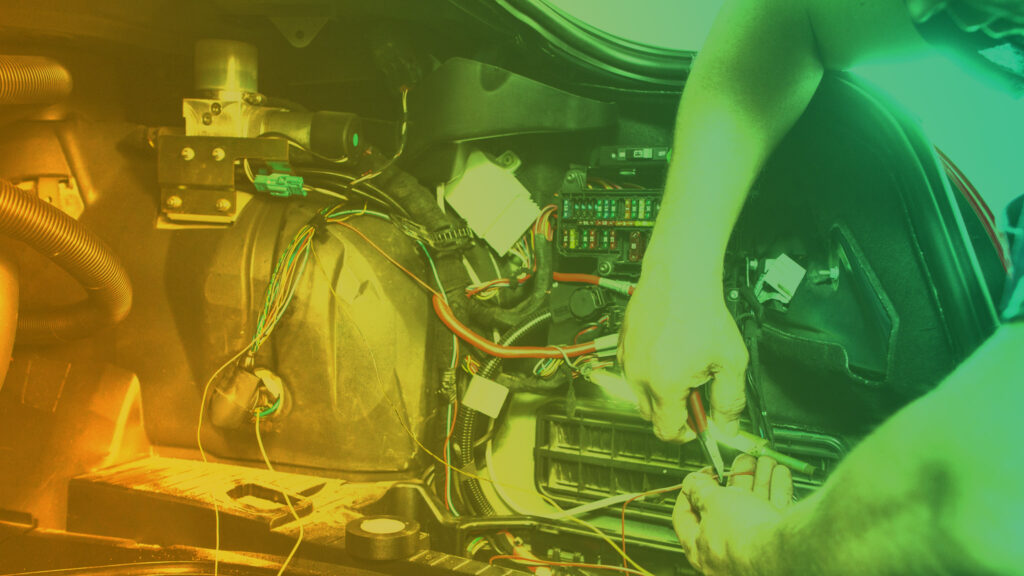Inside Tesla’s Octovalve
- PostedPublished 17 June 2020
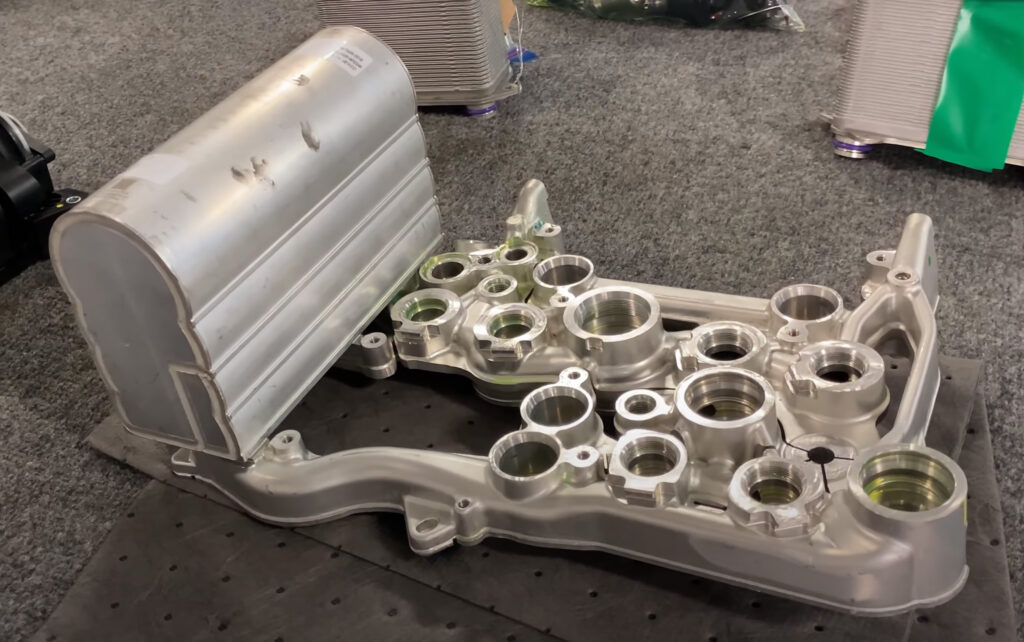
Tesla Model Y dazzles with advanced thermal management
Glance at the new Tesla Model Y SUV and it might appear nothing more than a vertically stretched version of the Model 3 sedan. It would be an understandable assumption, given the two models share a platform and around 70 per cent of components.
There are major differences, however, such as the option for seven seats on the Model Y.
More interestingly, a recent teardown by Munro & Associates (M&A) revealed an array of innovative engineering in the Model Y’s thermal management system – which, according to the experts, are “totally different” from anything utilised by conventional original equipment manufacturers (OEMs).
M&A, based in Michigan and founded in 1988, has become widely known for reports on its Tesla teardowns – in which it demonstrates how components are designed and assembled, how they function and identifies potential issues.
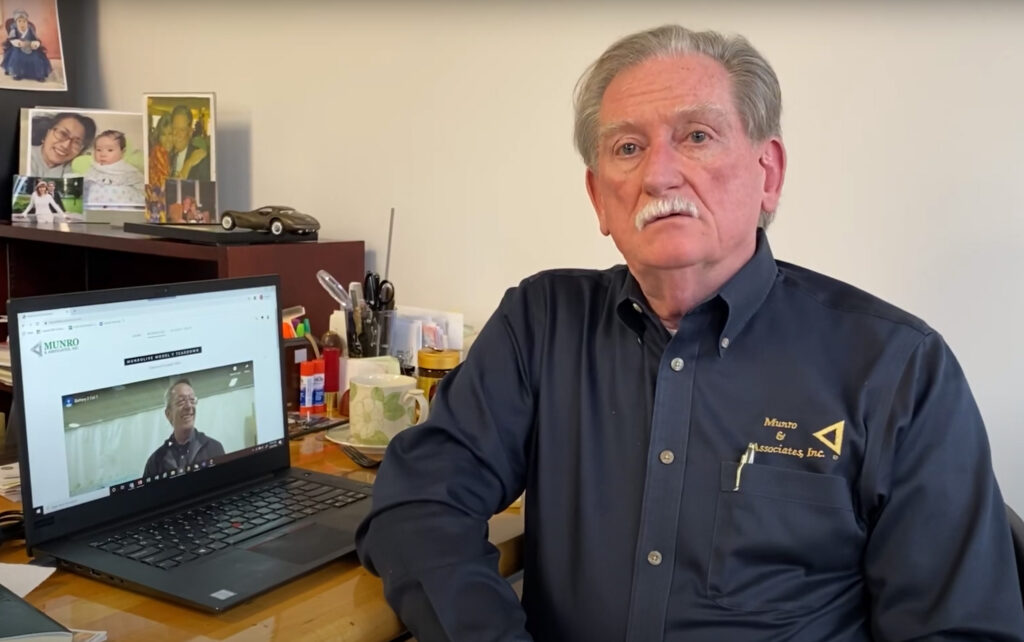
Even Tesla CEO Elon Musk has praised the company’s findings and comments.
For the Model Y, M&A decided to document some of its processes and findings on a dedicated YouTube channel called “Munro Live”. During the project, it quickly became clear that there were major differences in some of the key parts compared to those in the preceding Model 3 – with a component dubbed the “Octovalve” ranking among the most notable.
Conventional electric cars typically have multiple coolant loops and heat exchangers to regulate the temperature of the batteries, drive systems and cabin.
Many – including the comparatively recent Tesla Model 3 – also combine electric heaters with conventional electrically driven air-conditioning compressors and refrigerant loops to control the cabin temperature.
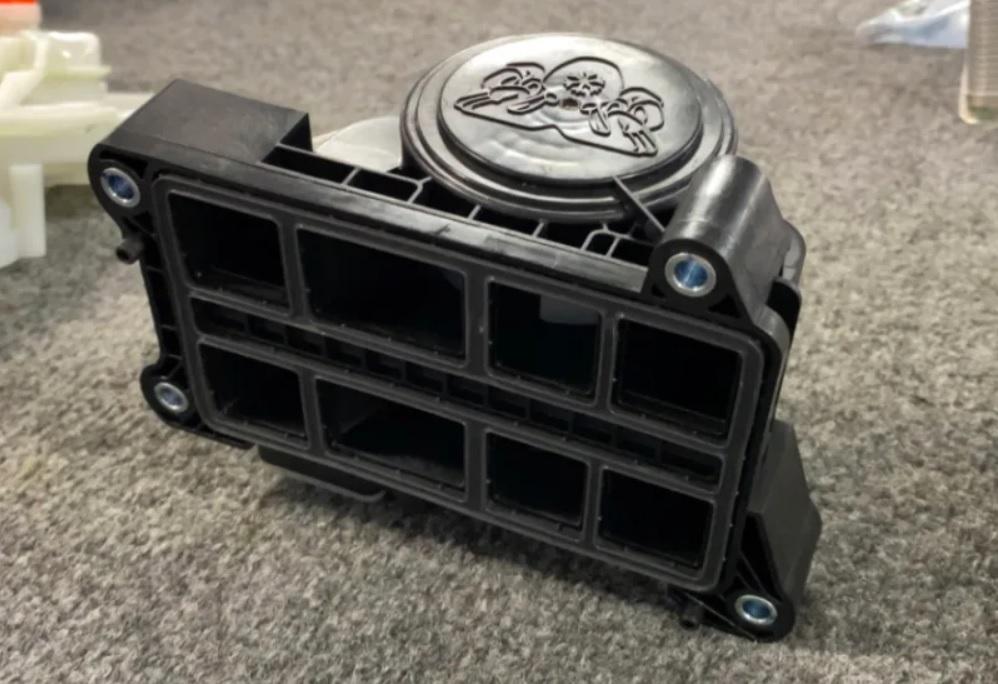
The downside of this approach to heating is that it requires a lot of energy. In an electric car, this can prove particularly problematic in colder climates as heating and battery conditioning requirements can significantly reduce the vehicle’s battery range.
The new Model Y, in a distinct change of direction from Tesla, instead uses a heat pump and a remarkable integrated coolant and refrigerant system.
At the heart of this set-up is an aluminium refrigerant manifold (main image on Page 1 and bottom right on Page 5), which couples to a multi-port moulded nylon coolant manifold (pictured below).
This manifold, which features myriad outlets and inlets, is regulated by an eight-channel “Octovalve” (pictured above).
“The little valve is genius,” said Sandy Munro, CEO of M&A, in a video posted on the Munro Live YouTube channel.
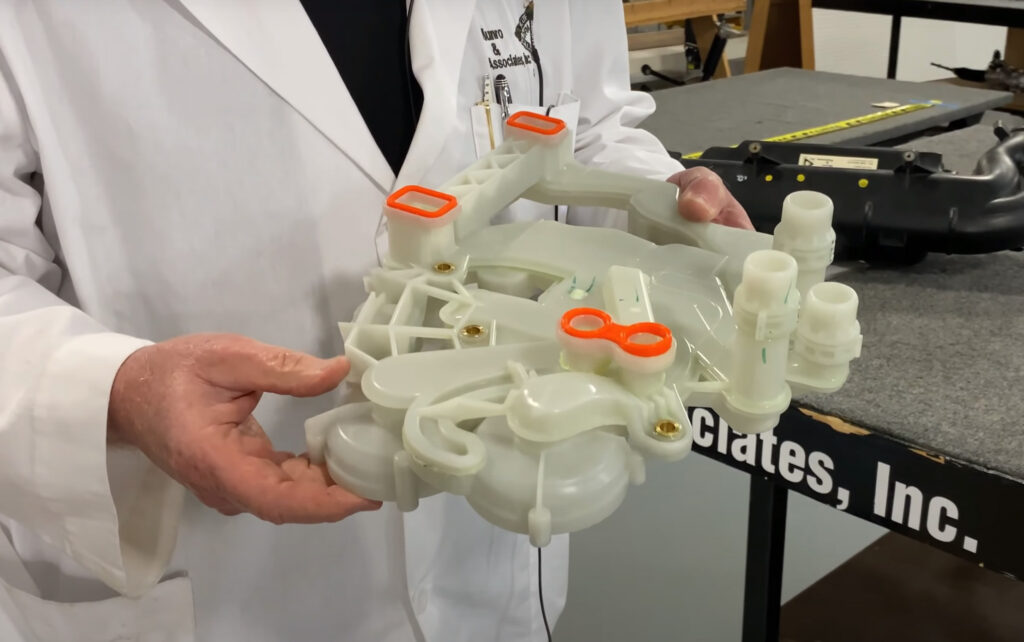
“I really wish that more people would look at how to take a whole bunch of functions and turn it into one.”
Inside the Octovalve is a four-position stepper motor and, as cooling and heating requirements change, the valve moves to alter the flow of coolant throughout its associated manifold.
This in turn optimises the cooling of components such as the power electronics, battery and drive system. Coolant, in this case an ethylene-glycol (HOAT) type according to the Model Y manual, is circulated by a pair of electric pumps.
Attached to the back of the coolant manifold is a forged aluminium refrigerant manifold and accumulator, which contains the passages and valving to distribute refrigerant as required around the components of the cooling system – including a manifold-mounted chiller assembly, to control coolant temperatures using refrigerant, and a liquid-cooled condenser.
“This is different, this is more like what I’d expect to see in a fuel system for a jet engine or a transmission kind of design,” said Munro while inspecting the refrigerant manifold.
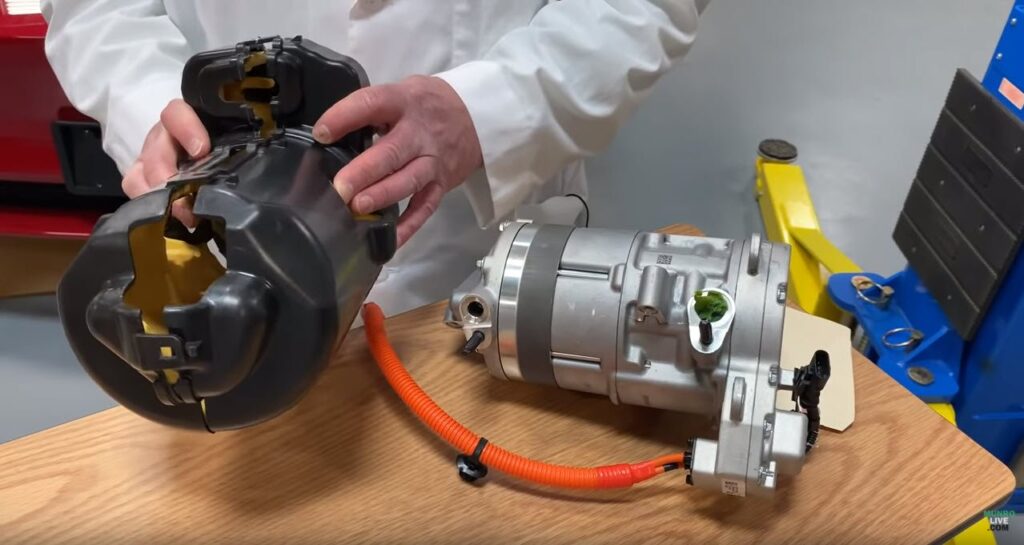
“Totally different from what we’d normally see if we were looking at something designed by a normal OEM.”
Only one air-to-coolant radiator pack, which has active shutters to reduce drag and airflow when cooling is not required, is used for the entirety of the system.
This further aids the assembly in being more efficient, compact and easily packaged than competitor offerings.
The heat pump also delivers a potentially big energy efficiency advantage to the Model Y.
This approach to cabin conditioning, as demonstrated in EVs such as the Renault Zoe, can reduce range issues in cold weather compared to conventional resistive electric heating.
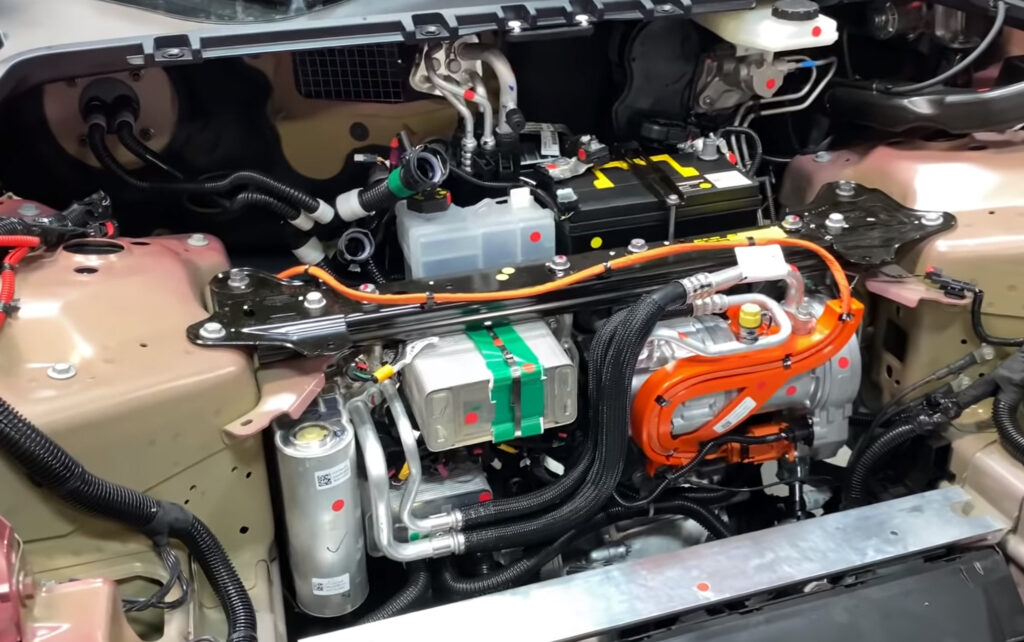
Heat pumps effectively function like reverse-cycle air conditioning systems and allow heat to be moved into or out of the car.
When the system is in heating mode, cooled refrigerant can pick up heat from a coil in ambient air or other suitable sources such as drivetrain components or batteries, then compressed and heated more before being fed into coils in the cabin to provide warmth.
During cabin cooling, the same refrigerant scavenges heat from inside the car and redistributes it to keep other components operating at optimum temperature or dumps it to atmosphere.
The major benefit is that heat can be drawn from any suitable source by simply driving the system’s efficient pump.
Using this set-up for warming a cabin, according to some manufacturers such as Volkswagen, can reputedly deliver range increases in extreme cold of up to 30 per cent as a result.
Even the production processes for the Tesla’s components were deemed impressive and included semi-solid forging for the refrigerant manifold body, friction-stir welding and electrical discharge machining – the latter used to cut reliefs in the refrigerant manifold body to prevent damage induced by thermal cycling.
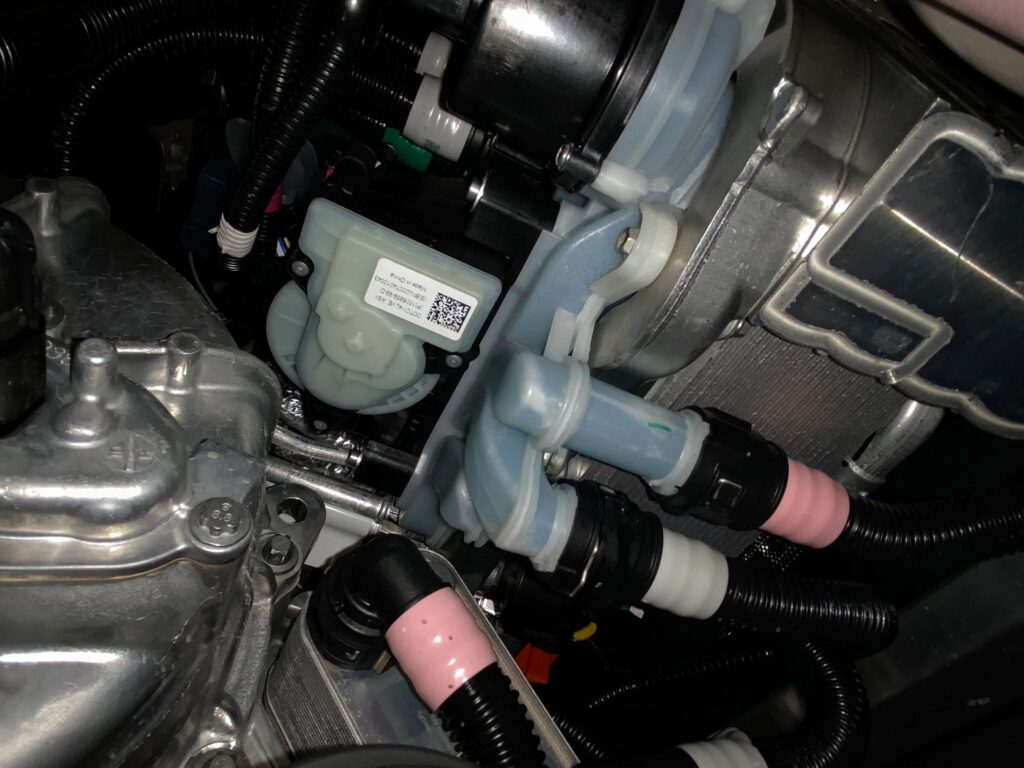
The only notable criticism levelled by Munro against the Model Y’s thermal management system was the lack of an insulating shroud for the compressor, which could result in excessive noise.
“It would have been great,” he said, “if someone had been able to design [a housing] to cut the noise down – but they didn’t.”
M&A has, however, understandably not divulged everything about the Tesla’s capabilities and layout. “Munro and Associates is still in the process of trying to make business,” said Munro. “We have to start selling things – so we’re going to be selling off the magic in here.”
Those wanting a comprehensive benchmark report on the Model Y, with a page count exceeding 2000, will have to pay $89,000 ($A128,000).
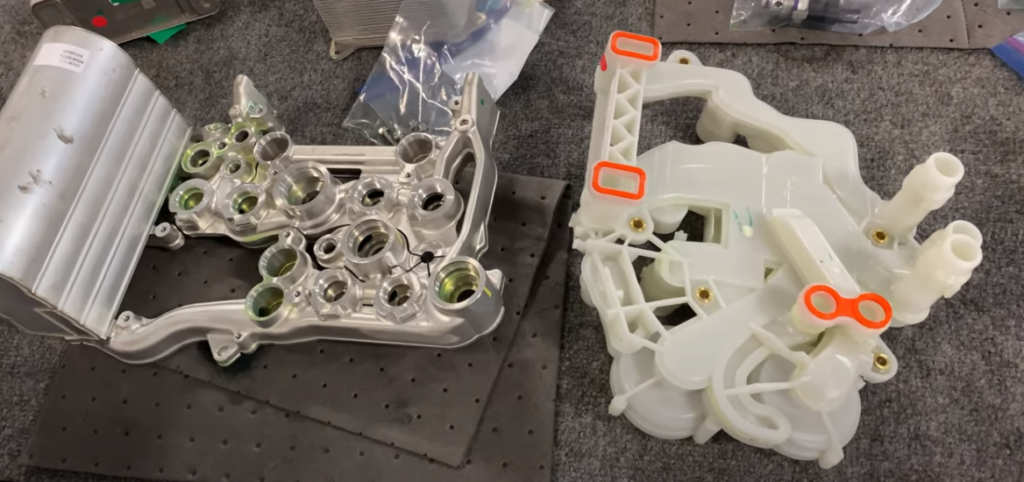
For details regarding the Octovalve, a complete thermal system description can be acquired for a lesser $A21,600. M&A can even offer a CT scan of the Octovalve manifolds for $1500, granting those interested a remarkable look at its internal structure
“I think that this is one of the better parts of the car,” said Munro.“I’m hoping that we can turn this out and get it into the hands of people who really need to know about this – like OEMs and Tier 1 suppliers.”
- CategoriesIn SightGlass
- Tagselectric vehicles, EV, refrigerant, SightGlass News Issue 20

